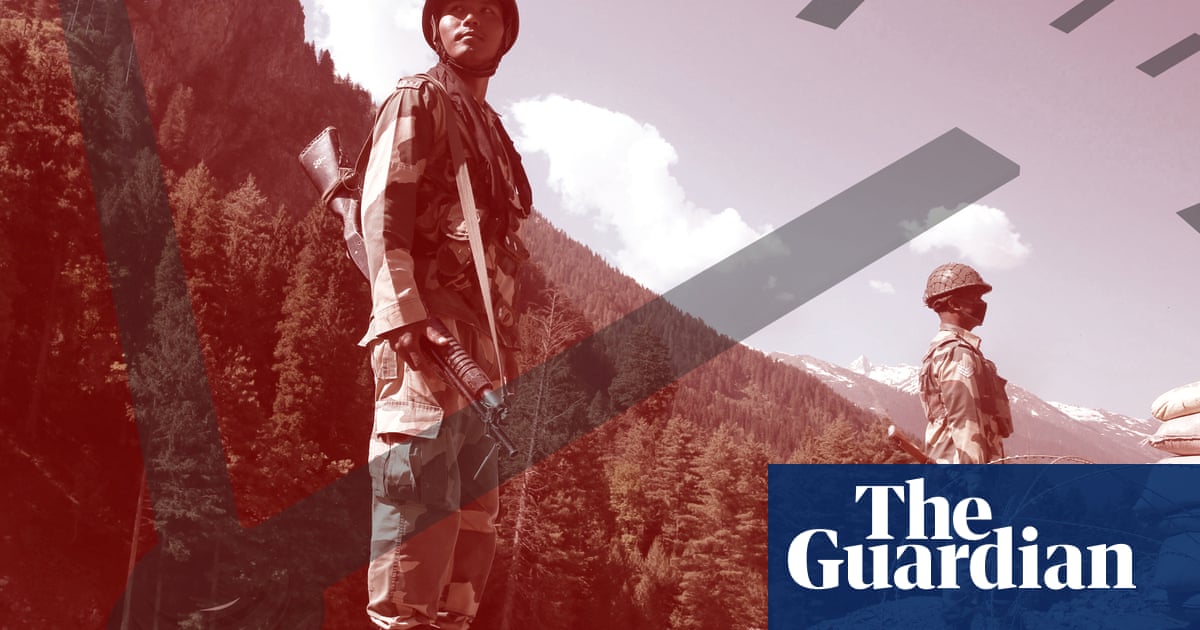The article provides a concise overview of the long-standing conflict between India and Pakistan over Kashmir, touching upon historical, political, and social dimensions of the dispute. It highlights key events and policy changes, particularly those initiated by Narendra Modi's government in India, which have intensified tensions in the region.
Historical Context and Ongoing Dispute
The origins of the Kashmir conflict are rooted in the partition of British India in 1947, during which princely states were given the choice to join either India or Pakistan. The article mentions that although Kashmir has a Muslim majority, its ruler chose to align with India, a decision that sparked resentment and conflict. This historical backdrop is crucial for understanding the complexities of current relations between the two nations.
Militarization and Insurgency
The region is described as one of the most heavily militarized areas in the world, with both countries maintaining a significant military presence along the Line of Control. The narrative of armed insurgency is also introduced, where Kashmiri rebels seek either unification with Pakistan or independence, reflecting a deeply rooted discontent among local residents against Indian governance. This aspect of the article may serve to generate empathy for the Kashmiri struggle while portraying India in a negative light.
Political Maneuvers and Demographic Changes
The article discusses the revocation of Kashmir's special status in 2019, illustrating how this policy change has been perceived as an effort to alter the region's demographic balance. The Modi government's actions align with a broader Hindu-nationalist agenda, which has the potential to alienate the local Muslim populace. This framing could evoke a sense of urgency and concern regarding the implications for regional stability and human rights.
Public Perception and Potential Manipulation
The narrative constructed by the article seems aimed at fostering a particular perception of the conflict, potentially shaping public opinion towards a more sympathetic view of the Kashmiris. The way the article highlights grievances against the Indian government while minimizing Pakistani involvement may suggest an attempt to manipulate sentiments in favor of one side of the dispute.
Reliability and Trustworthiness
While the article presents factual historical events, its selective emphasis on certain issues raises questions about impartiality. The portrayal of Modi's policies and their consequences may be seen as biased, especially considering the complex nature of the conflict. Therefore, the reliability of the article can be deemed moderate; it offers a factual basis but lacks a balanced view of the perspectives from both sides.
Impact on Society and Politics
The article has the potential to influence public discourse regarding Kashmir, possibly inciting further debate and protest within India, particularly among those opposed to Modi's policies. This could affect political dynamics in the region and increase tensions between communities.
Audience Reception
The piece is likely to resonate more with audiences sympathetic to the Kashmiri cause, such as human rights advocates and those critical of Hindu nationalism. Conversely, it may not appeal to nationalist segments within India, who would view the narrative as unfavorable to their perspective.
Global Implications
The Kashmir conflict remains a vital issue in the context of international relations, particularly given the historical animosity between India and Pakistan. The article's focus on recent developments could draw attention from global powers concerned about stability in South Asia.
Use of AI in Writing
While it is not definitive if AI was used in crafting the article, certain stylistic choices may suggest algorithmic influence, particularly in the concise presentation of information. AI tools could have aided in summarizing complex topics, but the overall tone and framing appear to stem from human editorial decisions.
In conclusion, while the article captures essential aspects of the Kashmir conflict, its selective framing and emphasis suggest an underlying agenda. The reliability of the information is moderate due to potential biases in presentation.
